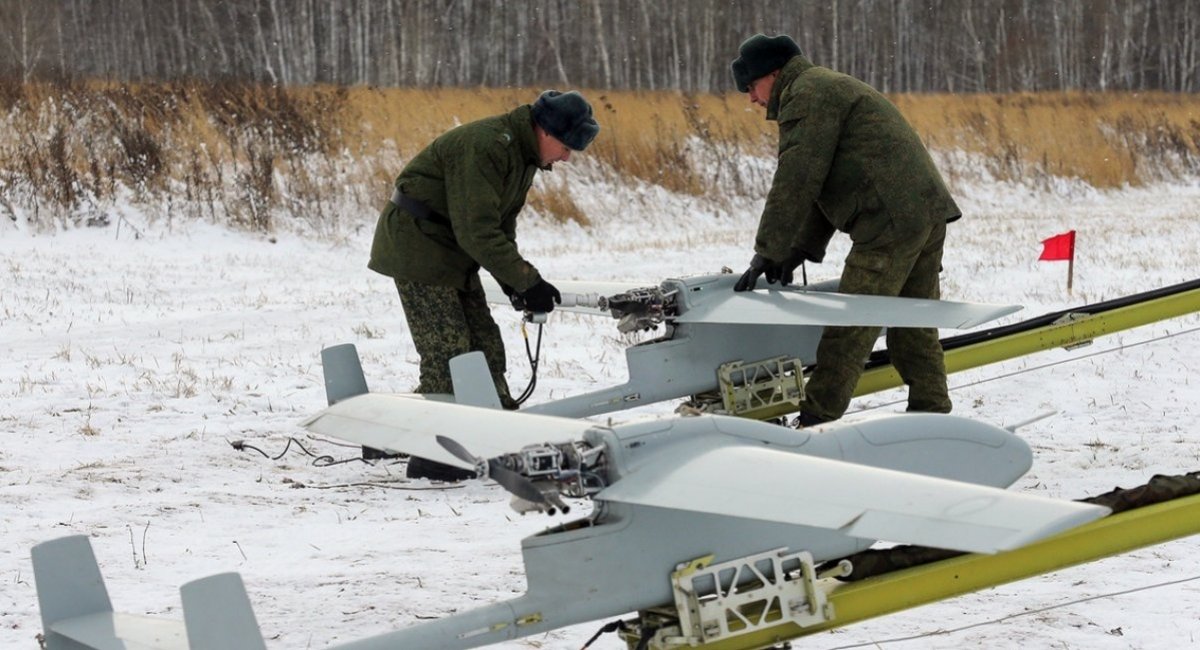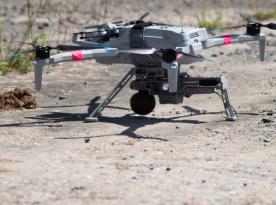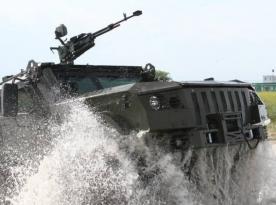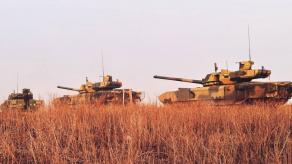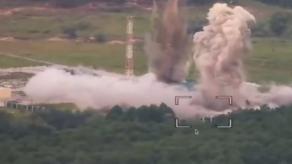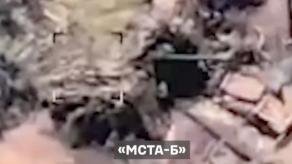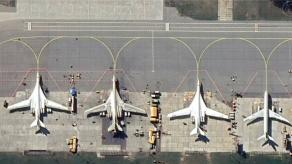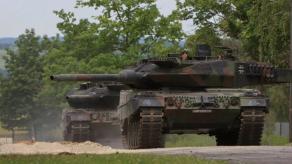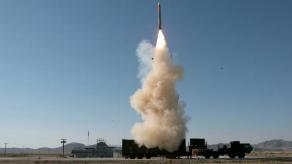Back in June of this year, the russian company Izhevsk Unmanned Systems Research And Production Associated LLC secured a contract from the Ministry of Defense of russia for the supply of Granat-4 unmanned aerial systems, with a deadline set for December 15, 2023. However, due to sanctions, the russian manufacturer informed that it would be unable to fulfill this agreement.
InformNapalm, the international OSINT community, shared this noteworthy information, citing exclusive data on russian MoD state procurement contracts obtained from hackers of the Cyber Resistance. The analysts published a response letter from the Chamber of Commerce and Industry of the Udmurt Republic to the manufacturer's statement.
Read more: The Ukrainian Air Force Discovers Advanced russian Drone with 4G Modem and Kyivstar SIM Card
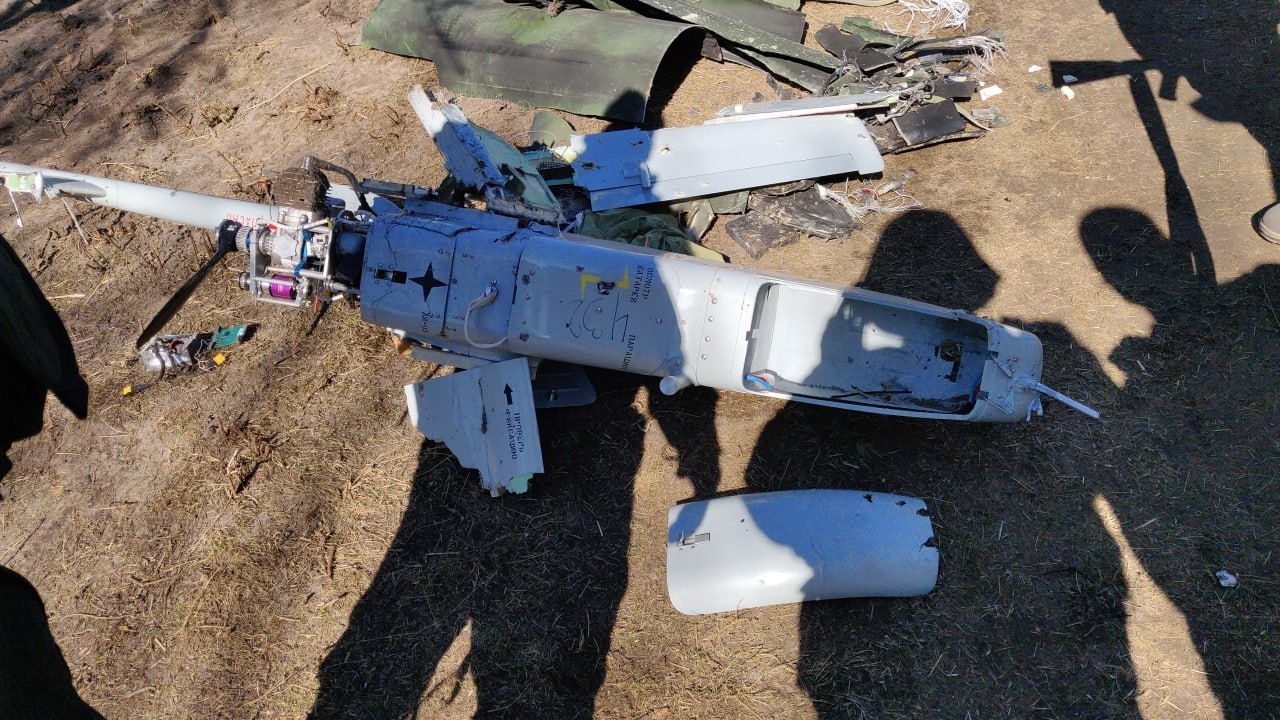
"The composition of the products under the state contract includes foreign components purchased in the countries of the European Union, a list of which is given in Appendix 1 to the current statement. Without the mentioned components, it is impossible to assemble the main product, since they are specified in the design documentation, deviation from which is a violation of the obligation under a state contract," the document states.
The Chamber concludes that the impossibility of purchasing components, is a significant reason to consider altering the terms of the contract, potentially extending the timeline for the supply of components, or terminating the contract altogether.
For reference, previous investigations found foreign components in the Granat drones, such as a camera from the Japanese Canon, electronic components from the U.S. Intel Corporation and Pulse Electronics, a battery from the U.S. Maxamps, and an engine from Czech Model Motors.
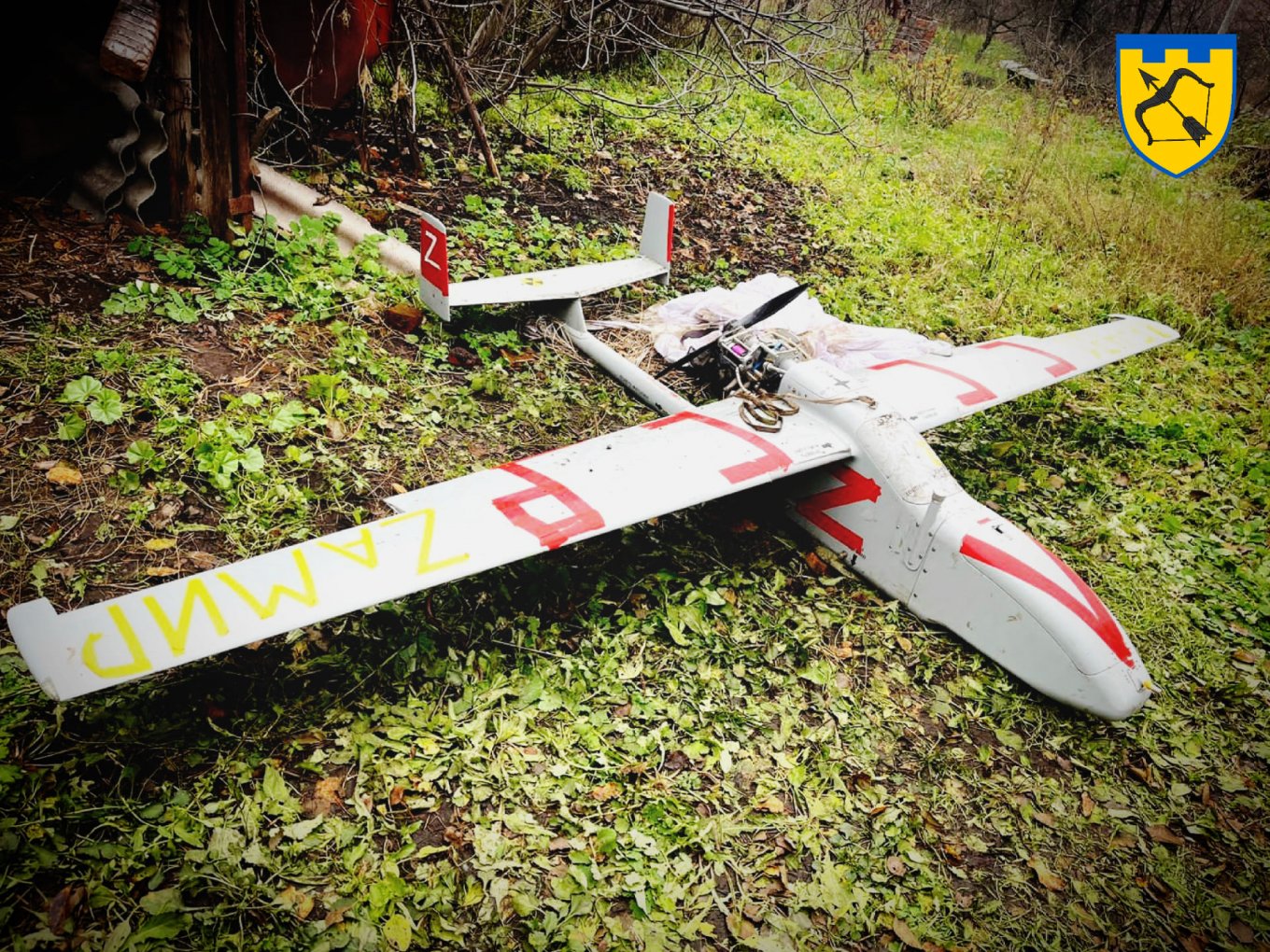
This serves as a real example of the fact that sanctions can work as they should. In this particular instance, russia would need to invest additional time to find alternative procurement routes or develop strategies to circumvent sanctions, and accordingly, funds for purchase of substitute components. Although there are examples of weapons with foreign components that russia keeps on producing despite sanctions.
And it seems that the russian federation was sure that it would work out somehow in the case of its Granat, even after sanctions were imposed, because the Kremlin had appropriated shopping centers in Izhevsk to set up drone production facilities in their stead and relocated the Granat manufacturer to one of these centers.
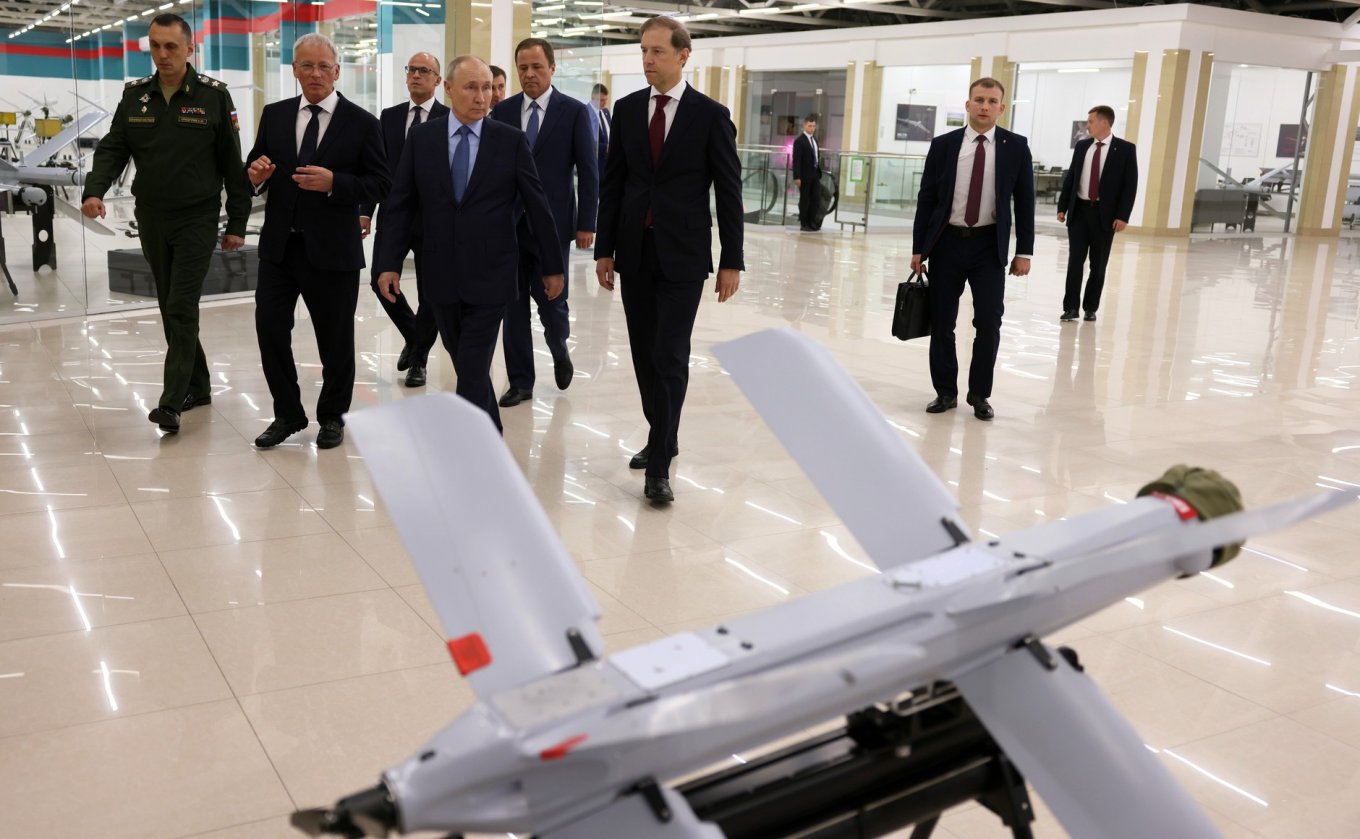
As for the Granat-4 drone itself, it belongs to the Granat UAS family, utilized by russia in Ukraine since 2014. Positioned as a "portable system for remote surveillance," it is designed for reconnaissance and adjustment of artillery/missile fire.
The drone can relay digital data up to 70 km, designate targets with a laser pointer within a 3 km range, boasts a cruising speed of 100 km/h, a maximum flight duration of about 6 hours, and is catapult-launched. The system is transported and operated from a mobile point mounted on a KamAZ truck, with deployment taking up to 15 minutes.
Read more: Ukrainian Solutions to Anti-Drone Warfare: Kvertus on Developments Refined by War



